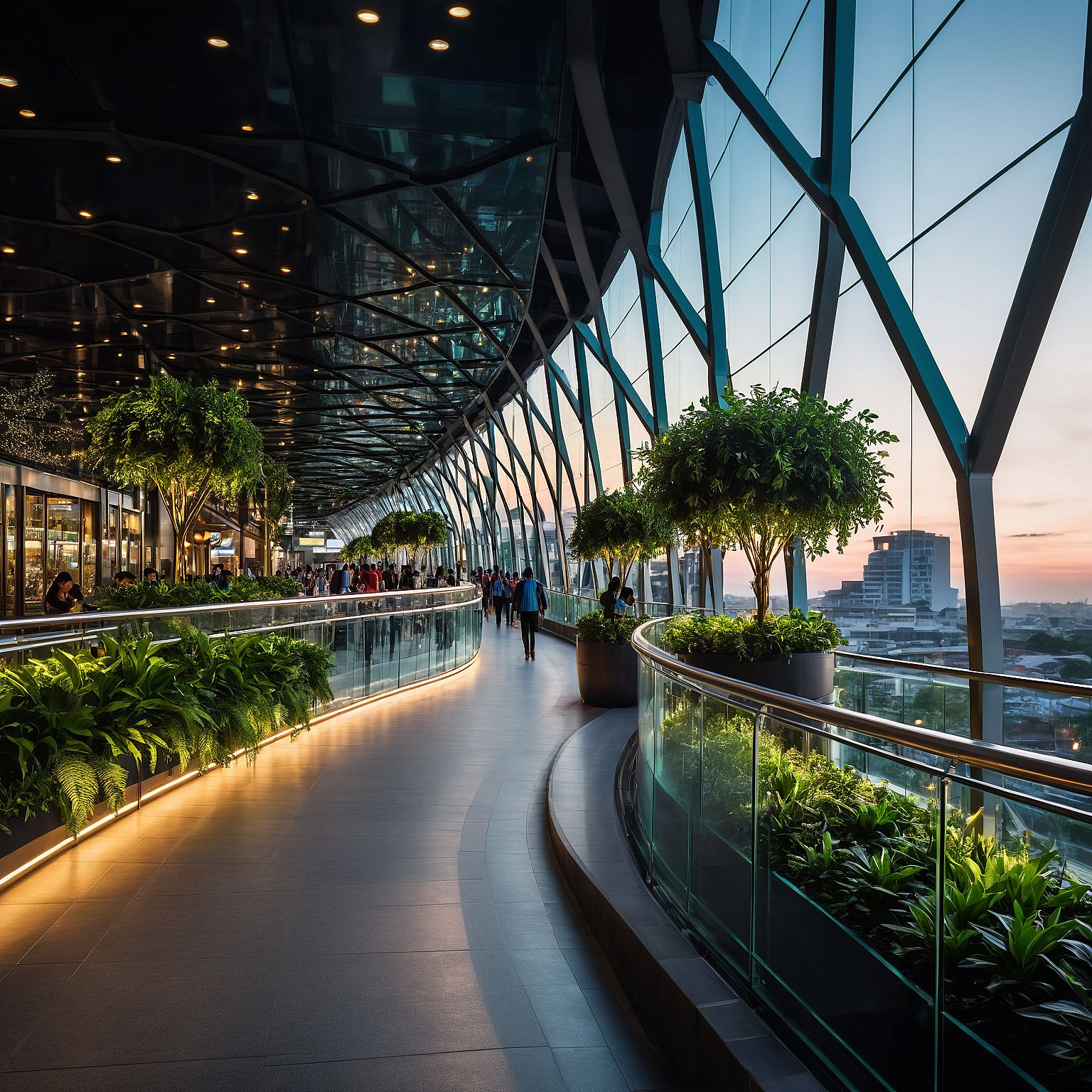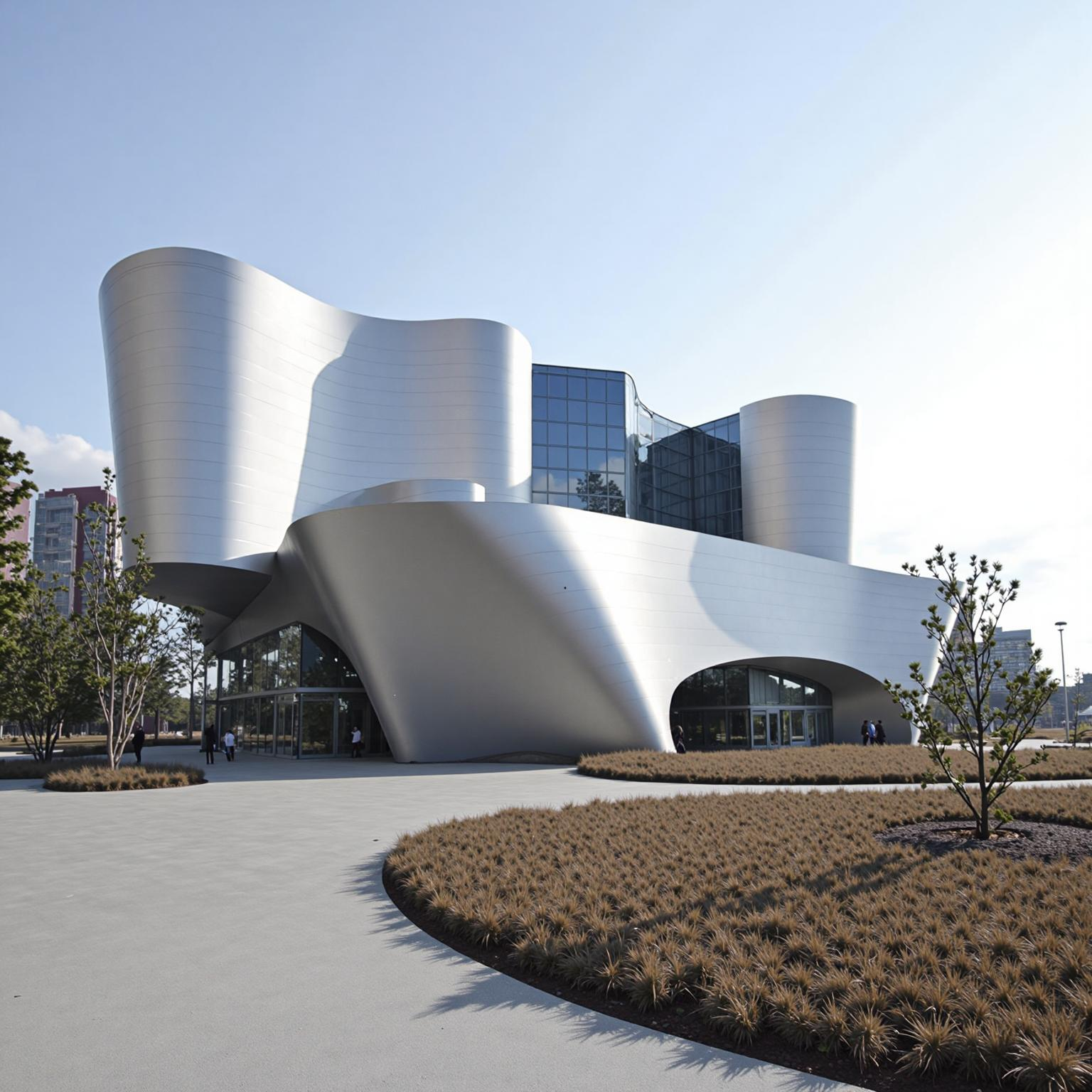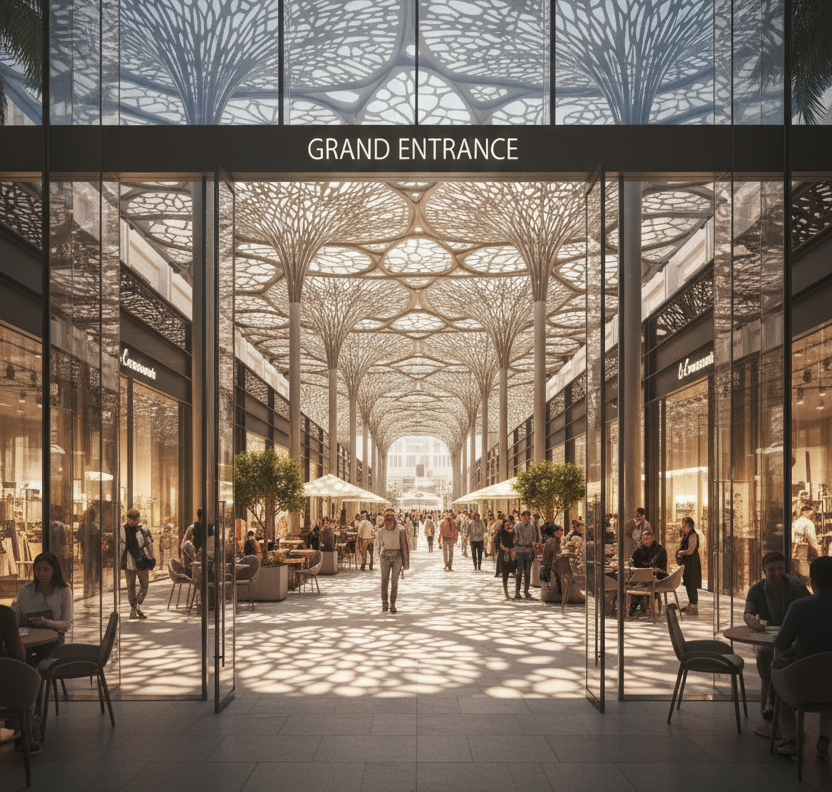Being an architect, I feel Dubai’s pulse like no one else—those jammed streets near Dubai World Trade Centre (DWTC) screamed for a fix during the 2024 expos, a cry that still lingers in my mind.
Weekdays, reports say drivers lose 35 hours a year to Sheikh Zayed Road, with 12-minute delays. But during expos like GITEX Global—180,000 visitors, 36,000 daily, totaling 2.65 million in 2024—the chaos hits harder for me: roads gridlock, Metro stations overflow. That raw struggle outweighs any statistic.
This reality made me reflect: as architects, should we address problems like this, or keep feeding the flood of visually striking images that dazzle people but leave the ‘why’ unanswered? I’ve noticed how stunning designs grab attention, yet few explain their purpose. In my book Design Beyond Form, I argue we must start with real issues, then weave beauty into solutions. That’s how Masari Walk was born—from my frustration with this traffic mess. I kept asking: how do we ease this burden? That urgency shaped a pilot project—a 2 km shaded, air-conditioned bridge linking DWTC to Pearl Jumeirah’s ferry terminal.
It wasn’t about chasing eye-catching visuals—it grew from that struggle. Traffic woes guided me to ferries, and connecting Metro and ferry became the key. Imagine 20-30% of expo crowds walking from hotels or Airbnbs, lightening Sheikh Zayed Road. Add parks every 500 meters with cafés, turning dull streets into vibrant spaces—beauty with a reason.
For me—and folks like John—expo stress fades. A 20-minute walk beats a packed Metro, or a ferry ride skips airport hassles. Woven into the Walk Master Plan, this pilot feels like a dream we can build.
Could this be our future? Share your ideas after checking out the full story in the link below.
📺 Watch the full comparison here:
#DesignBeyondForm #ArchitectureThatMatters #ContextDrivenDesign #UrbanStories

It’s not the form—it’s the context.
Go find out why.




